
Aberdeenshire Council has had a dedicated learning with technology team for many years. The team always provided face to face CLPL activities covering a wide range of topics, for teachers and pupils from Early Years to Senior Phase.
Before we were placed in lockdown the Digital Learning Team put information to every school to advise that young people and staff could take school computers, iPads or Chromebooks home if this was required, and we included information on how to set these devices up for home use.
We are in the process of providing hardware to some of our students to allow internet access to allow remote learning.
We set up a Microsoft Team for staff and in this Team we provide channels for discussion, resources to share and a go to place for daily webinars.
We also created websites for parents and carers to allow them to support their youngsters in learning, and we pointed them to Internet Safety resources, Glow resources, Scholar resources and daily updates on learning activities for every age and stage. We also used Glide app , a free resource to allow parents/carers to see this information in the form of an app on their mobile devices.
Since lockdown we have delivered daily webinars using MS Teams to initially upskill teachers in their knowledge of the digital tools available in Glow, and how to quickly and easily make use of them in preparing and delivering learning activities.
As the weeks progressed, we began to look at more particular examples of using the technology to augment and enhance existing resources, and more of the chat became about learning and less about devices and software
We are continuing with our daily webinars, we now have guest presenters and are looking forward to welcoming some of our own practitioners to deliver webinars on how they are using the digital tools in Glow for learning and teaching.
These are difficult times, never before have all the students been out of school, but every day is a learning day and we are certainly discovering new and better ways to use digital tools more effectively with learners and staff.
We are currently developing plans around remote learning during this crisis and into the future, where learning and teaching will look different.

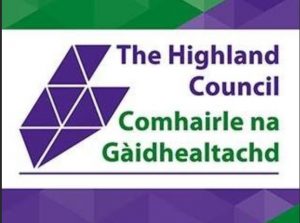
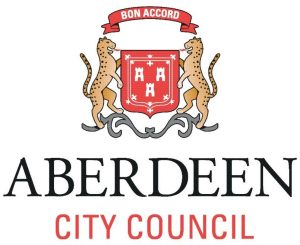
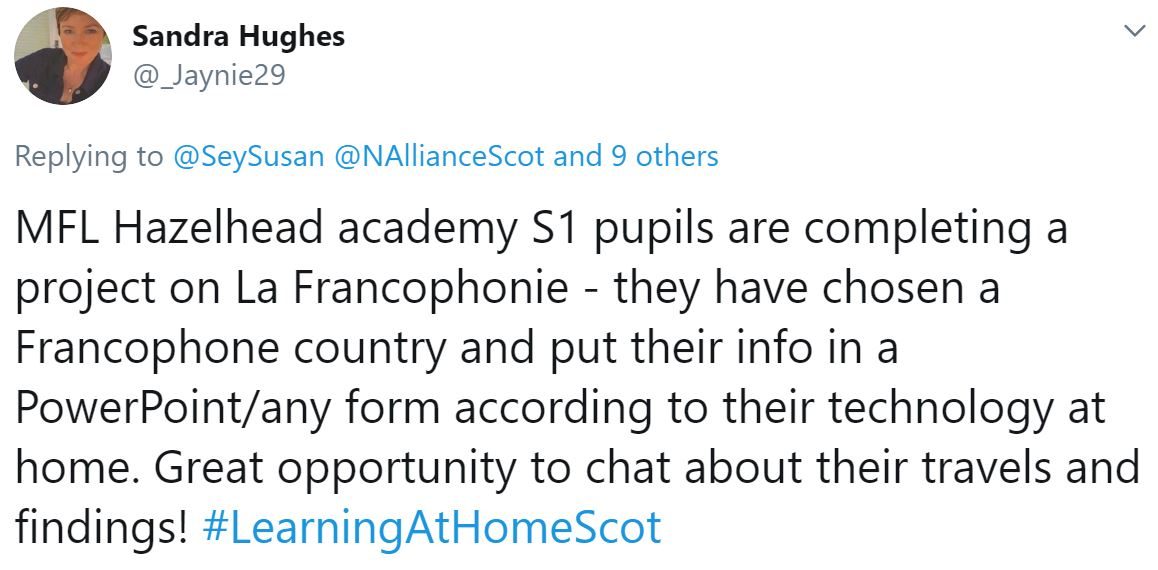
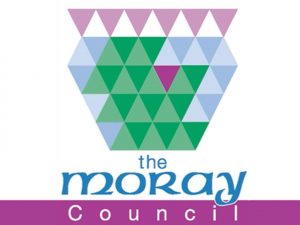




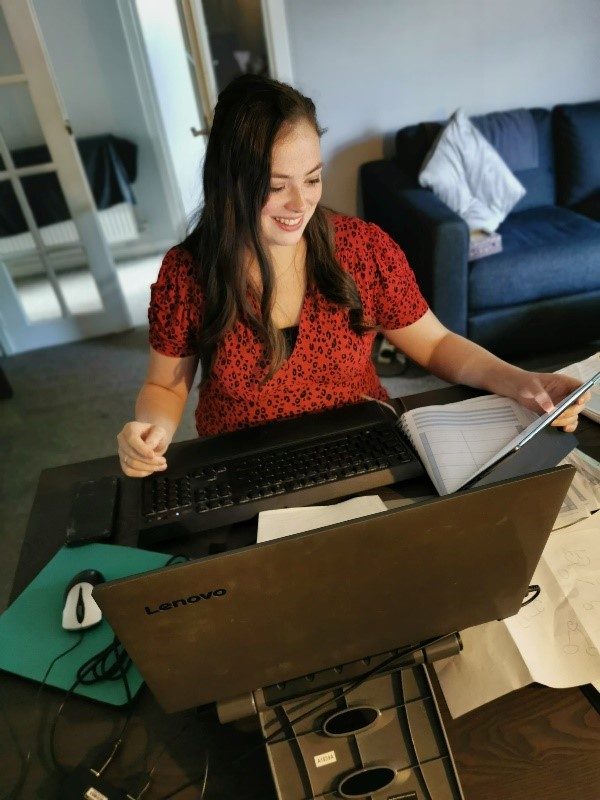
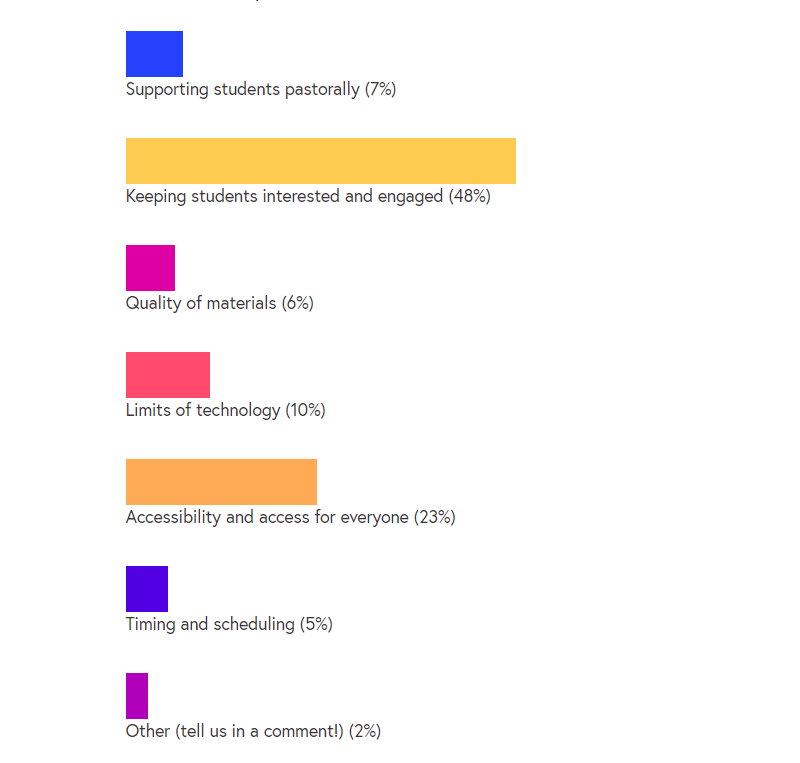
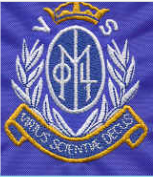 Using Google Classroom Data to Gauge Engagement
Using Google Classroom Data to Gauge Engagement 




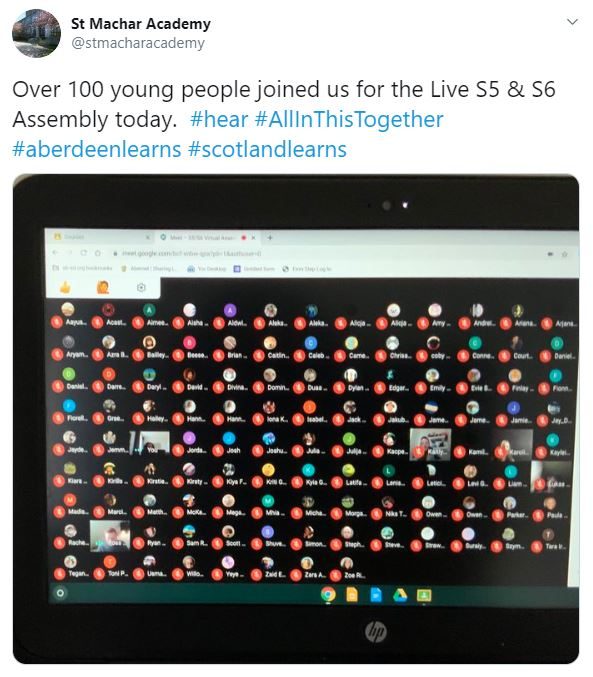
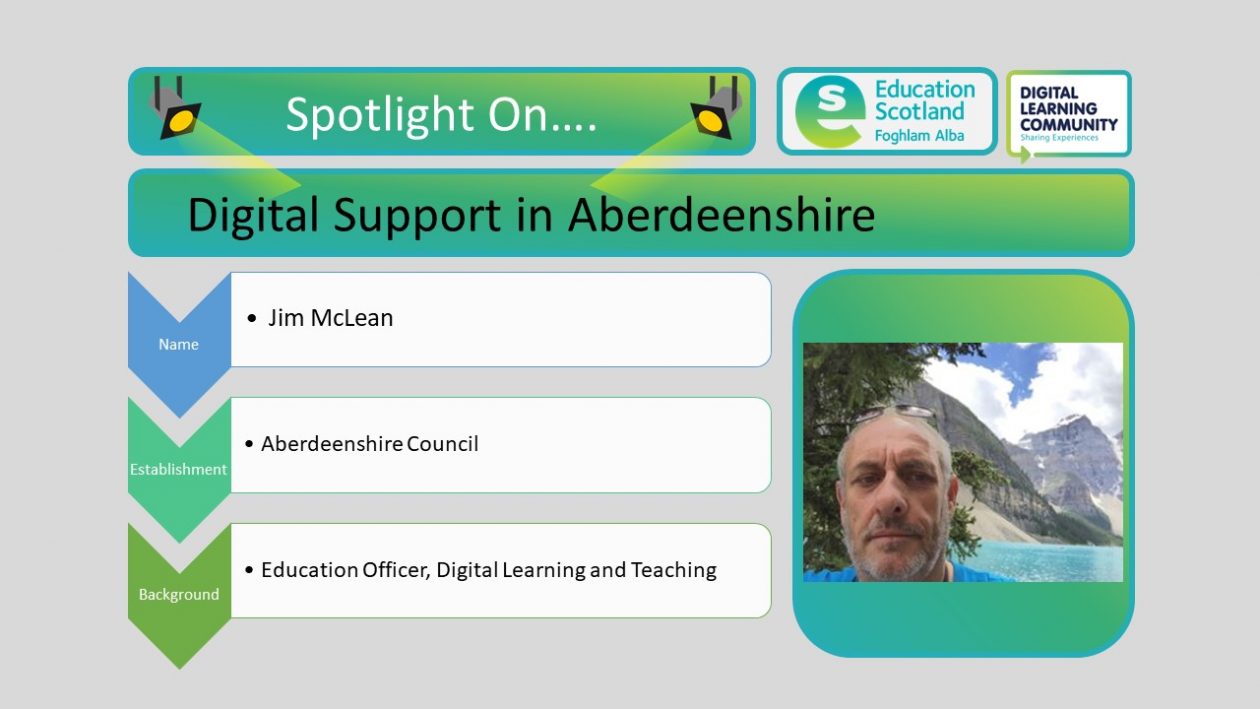









You must be logged in to post a comment.